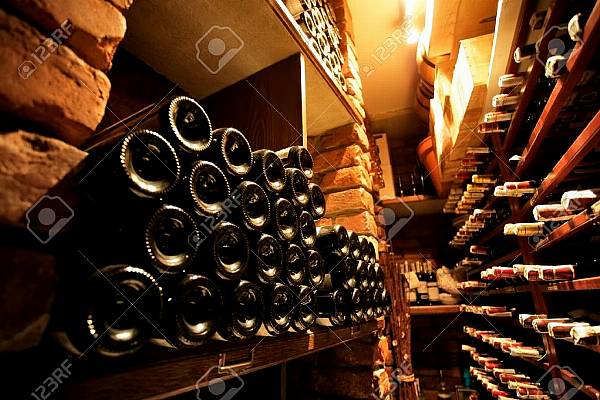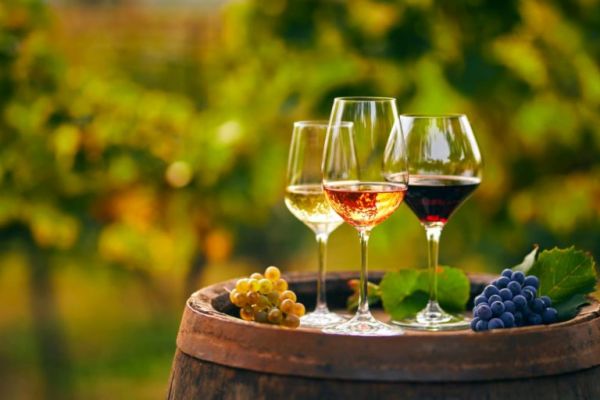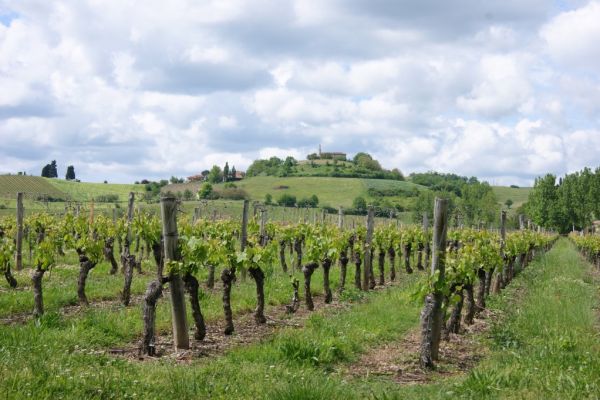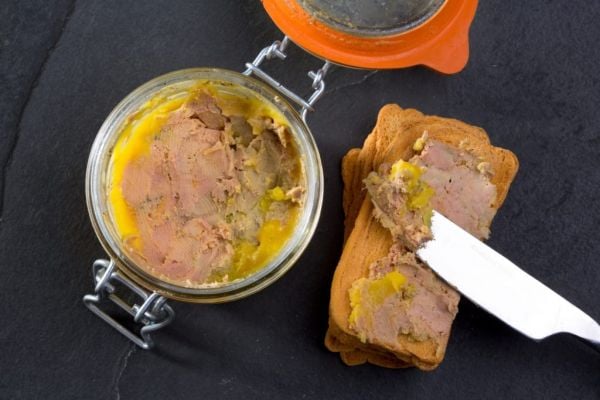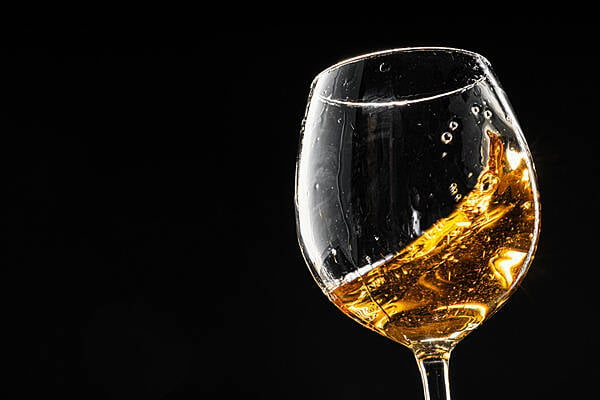In all of Champagne, only a few tiny parcels of land were mysteriously untouched by a phylloxera blight that ravaged European winemakers in 1863, ruining more than 6 million acres of vineyards. Most vintners had to graft American rootstock on their vines. Bollinger, headquartered in Aÿ, is one of the only producers spared, and it still makes wine using techniques that date to the 19th century.
The Cultivation
Bollinger’s planting method is called en foule, meaning “in a crowd.” In November, almost a year before the next harvest, a trained 10-person team guides the stems of existing vines back into the soil, where they’ll take root and grow. The result is a messy, highly dense plot that can be tended only by hand and requires intense labor—1,500 hours a year per acre, compared with 400 hours for a normal vineyard.
The Harvest
The grapes, exclusively pinot noir, are then crushed in a small, 2-ton press nearby. The Champagne that eventually winds up in Bollinger’s bottles of Vieilles Vignes Françaises is made only from the cuvée, the first and best part of the grape press. After resting for a day, the liquid is poured into French oak barrels, some of them more than 100 years old. Over six to seven months, a malolactic fermentation lends the wine a creamy effervescence. Bollinger uses aged barrels to eliminate any oak, toast, or tannin notes, going so far as to maintain a cooperage to repair their barrels instead of buying new ones. One year’s vintage fills only six to nine barrels.
The Storage
Sometimes Bollinger doesn’t release a vintage at all because of low yield—or if it doesn’t meet the winemaker’s standards. The 2001 vintage, for example, was never sold to the public. And when Bollinger does release one, the number rarely exceeds 3,000 bottles, all of which sell almost immediately, no matter the price. Older vintages often go for upwards of $5,000 a bottle; the most recent one available is from 2005. $975
News by Bloomberg, edited by Hospitality Ireland

